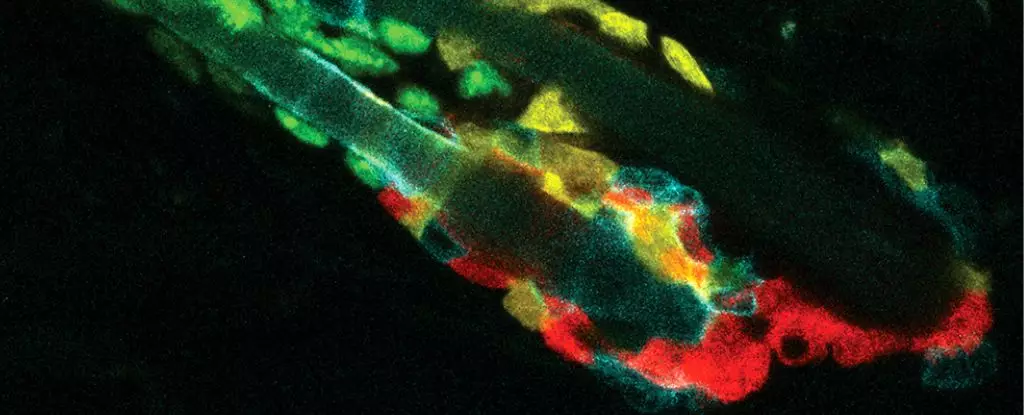Understanding the intricate workings of our biological systems can be both fascinating and perplexing. One lesser-known aspect of this process is how our body manages the death of its cells. Recent research has uncovered a remarkable phenomenon where stem cells in mammals exhibit seemingly cannibalistic behavior by consuming their deceased neighbors. This article delves into the mechanisms behind this process, its implications for cellular health, and what it could mean for our broader understanding of cellular functionality.
Cellular turnover is a natural part of life; with every passing second, countless cells undergo apoptosis, or programmed cell death. While death is a necessary component of our biological existence, the question arises: what happens to the waste generated by these dead cells? Researchers in the US, particularly studies conducted at Rockefeller University, have illuminated a novel solution that the body employs to address this concern—some stem cells are capable of ‘eating’ their deceased counterparts.
This phenomenon presents a dual advantage. On one hand, it serves as a method to efficiently eliminate dead cells from the body, preventing a build-up that could lead to inflammation or other health issues. On the other hand, it provides a source of nourishment for the surviving cells, effectively recycling cellular components without relying heavily on the immune system.
Focusing on hair follicle stem cells (HFSCs) in aging mice, researchers discovered that these stem cells were not merely passive bystanders waiting for phagocytic cells, such as macrophages, to clear the debris caused by cellular death. Instead, HFSCs acted as first responders, promptly consuming dying cells before immune cells had the chance to intervene. This action reveals a sophisticated system wherein cells are not just concerned with their own survival but also with the overall health of their community.
Katherine Stewart, a cellular biologist involved in the research, noted how this process effectively prevents widespread inflammation. In environments with a high concentration of macrophages, such as mouse skin, the ability of HFSCs to remove their dead counterparts indicates a finely tuned response to cellular damage. By dealing with the decay immediately, HFSCs preserve the integrity of the stem cell pool and thus the continued growth and maintenance of hair follicles.
The mechanics behind this cellular cannibalism are both clever and elegant. The HFSCs utilize two specific receptors that respond to different biochemical signals. One receptor is designed to detect a lipid signal, produced by a dying cell, while the other is attuned to retinoic acid, a growth-promoting substance released by healthy cells. This design functions like a finely tuned switchboard, activating the cleanup process when there are dead cells to consume. However, as soon as the dead bodies are cleared, the lipid signal dissipates, allowing the HFSCs to return to their primary function—maintaining the stem cell pool and supporting hair growth.
Elaine Fuchs, another prominent researcher in this field, speculates that this clever mechanism of utilizing dead cells for energy recycling may not be isolated to just hair follicle stem cells. The hypothesis invites further study into whether similar processes exist in other tissue types within mammals, revealing a potentially universal strategy for managing cell death across different biological systems.
The discovery of this cellular cleanup mechanism redefines our understanding of stem cell functionality and health management within the body. It exemplifies the sophisticated methods through which living organisms maintain homeostasis and control inflammation, showcasing an inherent wisdom in biological processes. As research continues, we may unlock further secrets about how our bodies adapt and thrive through the constant cycle of life and death, illuminating potential paths for therapeutic interventions in conditions marked by inflammation or cellular degeneration. Through a deeper appreciation of these mechanisms, we begin to comprehend the complexities that lie within the seemingly simple act of cellular recycling.


Leave a Reply